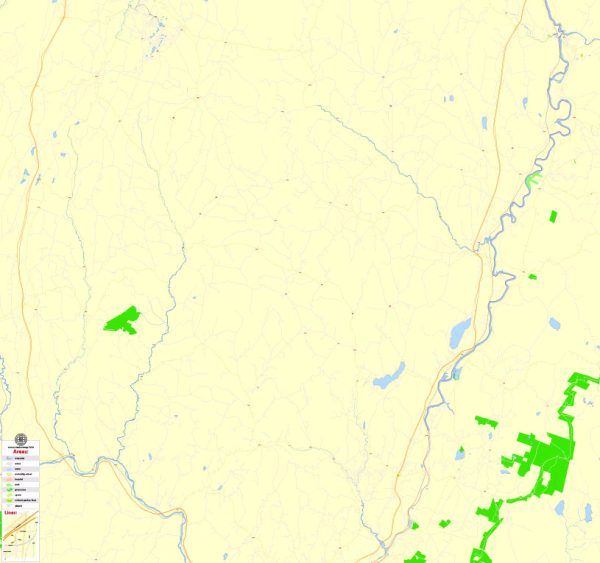Vershire and Fairlee are both small towns located in Vermont, United States, and they have histories characterized by rural life, agriculture, and community development. Here’s an overview of the history of urban development in each town:
Vershire:
- Early Settlement and Agriculture:
- Vershire, like many Vermont towns, was settled in the late 18th century. The area’s fertile soil attracted settlers engaged in agriculture, primarily subsistence farming.
- 19th Century Industrial Development:
- In the 19th century, as the Industrial Revolution reached Vermont, small-scale industries such as sawmills, gristmills, and woolen mills emerged. These industries played a role in shaping the local economy.
- Agricultural Economy and Small Communities:
- Agriculture remained a central aspect of Vershire’s economy. The town developed around small communities, often centered around churches, schools, and local businesses.
- 20th Century and Modern Challenges:
- Throughout the 20th century, Vershire continued to be characterized by its rural character. The decline of small-scale industries and changes in agricultural practices presented challenges to the town’s economy.
- Community Initiatives:
- Despite economic challenges, community initiatives and organizations played a role in maintaining the town’s sense of identity. Community events, local organizations, and civic engagement contributed to the social fabric of Vershire.
Fairlee:
- Colonial and Early Settlement:
- Fairlee, like many Vermont towns, saw its first European settlers in the late 18th century. Early settlers engaged in agriculture and established small communities.
- Agriculture and Water Power:
- Agriculture was the backbone of Fairlee’s economy, with farms dotting the landscape. The town also utilized water power from the Connecticut River for mills and other enterprises.
- Transportation and Tourism:
- Fairlee’s location along the Connecticut River and its proximity to transportation routes contributed to its growth. The town became a popular destination for tourists seeking the natural beauty of Vermont.
- Summer Camps and Recreation:
- In the early to mid-20th century, Fairlee gained a reputation as a summer retreat. Summer camps, resorts, and recreational activities along Lake Morey attracted visitors, contributing to the local economy.
- Community Identity and Preservation:
- Fairlee has worked to preserve its historic character, including efforts to maintain the architecture of the town center. The Fairlee Community Arts organization and other community initiatives contribute to the town’s cultural identity.
- Modern Challenges and Opportunities:
- Like many small towns, Fairlee faces challenges related to economic diversification, infrastructure maintenance, and population changes. Efforts are ongoing to explore opportunities for sustainable development.
Both Vershire and Fairlee embody the quintessential Vermont experience with their rural landscapes, agricultural heritage, and close-knit communities. The towns have adapted to changing economic realities while preserving their unique identities and embracing community initiatives to ensure a vibrant future.


 Author: Kirill Shrayber, Ph.D.
Author: Kirill Shrayber, Ph.D.